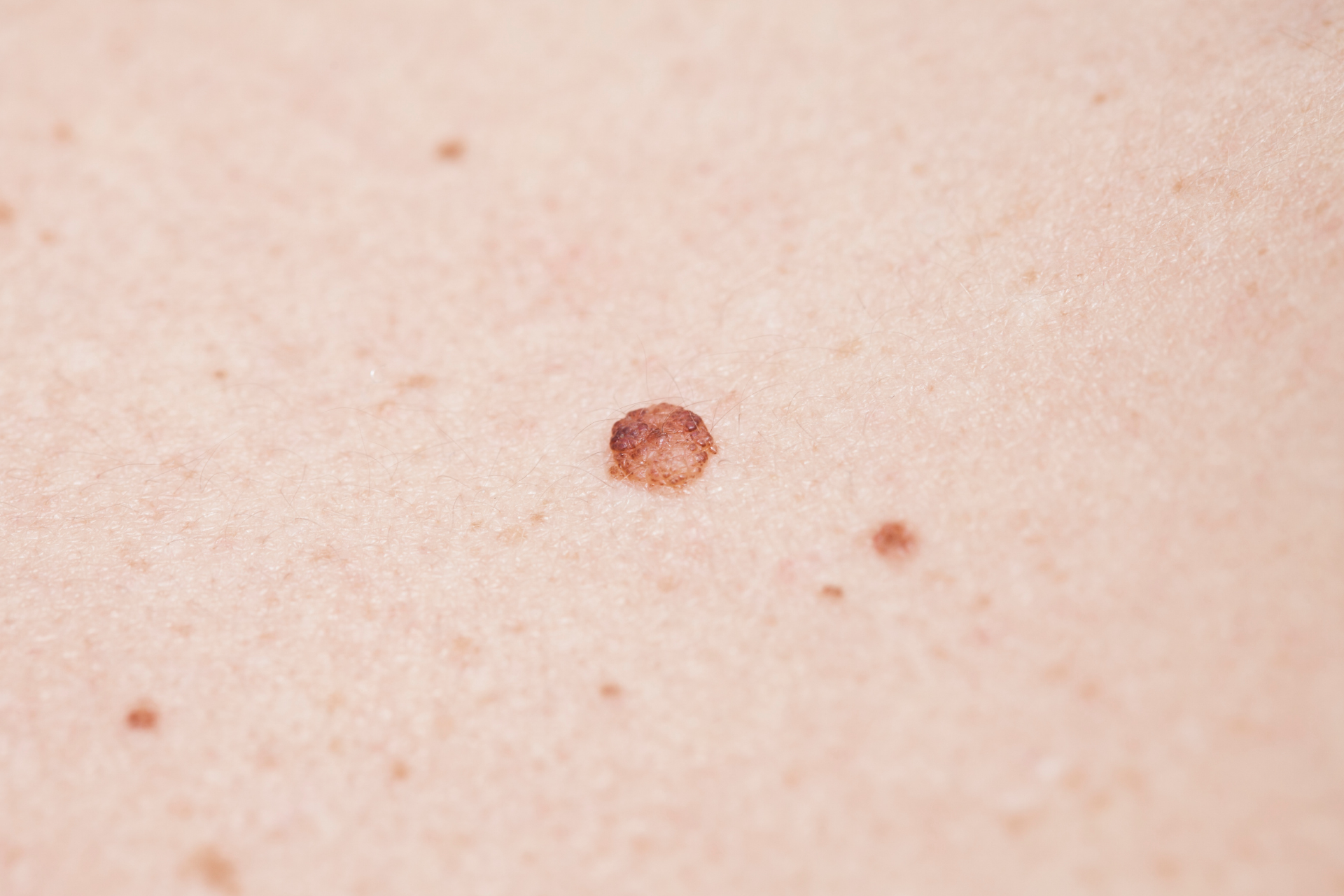Understanding the Different Types of Skin Cancer

Skin cancer is one of the most common types of cancer, affecting millions of people worldwide each year. At Fall Creek Skin and Health Clinic, we understand the importance of early detection and treatment when it comes to skin cancer. In this blog post, we will delve into the various types of skin cancer, their causes, symptoms, and treatment options to increase awareness and empower our readers to take proactive steps in protecting their skin health.
1. Basal Cell Carcinoma (BCC):
Basal cell carcinoma is the most common type of skin cancer, accounting for about 80% of all cases. It typically develops on sun-exposed areas such as the face, neck, and arms. BCC often appears as a pinkish, pearly bump with tiny blood vessels on the surface. Early detection and treatment are crucial to prevent the cancer from spreading and causing disfigurement.
2. Squamous Cell Carcinoma (SCC):
Squamous cell carcinoma is the second most common type of skin cancer, usually arising on sun-exposed areas and often presenting as a scaly patch or a persistent sore. Unlike BCC, SCC has the potential to metastasize to other parts of the body if left untreated. Regular skin checks and prompt medical intervention are essential in managing SCC effectively.
3. Melanoma:
Melanoma is the most aggressive and deadliest form of skin cancer, stemming from the melanocytes that give skin its color. It can develop on any part of the body, including areas not exposed to the sun. Melanoma is characterized by an asymmetrical and irregularly shaped mole with uneven borders and multiple colors. Early detection is critical as melanoma can spread rapidly to other organs.
4. Merkel Cell Carcinoma:
Merkel cell carcinoma is a rare but aggressive skin cancer that usually manifests as a firm, painless nodule on the skin. It is more common in older individuals with a history of extensive sun exposure or weakened immune systems. Due to its rapid growth rate, early diagnosis and comprehensive treatment are imperative in managing Merkel cell carcinoma effectively.
5. Dermatofibrosarcoma Protuberans (DFSP):
DFSP is a rare form of skin cancer that originates in the dermis layer of the skin and tends to grow slowly over time. It commonly presents as a firm, raised lump that may resemble a scar or a fibrous mass. While DFSP rarely metastasizes, it can be locally aggressive and requires surgical excision with clear margins to prevent recurrence.
At Fall Creek Skin and Health Clinic, we emphasize the importance of routine skin checks and sun protection measures in reducing the risk of skin cancer development. Our board-certified dermatologists and healthcare professionals are dedicated to providing comprehensive skin cancer screenings, early detection, and personalized treatment plans tailored to each patient's needs.
Treatment options for skin cancer may include surgical excision, Mohs micrographic surgery, radiation therapy, chemotherapy, immunotherapy, or targeted therapy, depending on the type, stage, and location of the cancer. Our clinic offers state-of-the-art diagnostic tools and advanced treatment modalities to ensure optimal outcomes for our patients.
In conclusion, understanding the different types of skin cancer is instrumental in promoting skin cancer awareness and prevention. By recognizing the warning signs and seeking timely medical attention, individuals can reduce their risk of developing advanced skin cancer and improve their overall prognosis. Fall Creek Skin and Health Clinic is committed to fostering a culture of skin health and well-being, guiding our patients on their journey to healthier skin for life.
Remember, early detection saves lives. Schedule your skin cancer screening today and let us help you safeguard your skin health for a brighter and healthier future. Stay informed, stay protected, and prioritize your skin health with Fall Creek Skin and Health Clinic.



Need Our Services?
Book a free consultation

Our promise is to offer high-quality medical attention at a fair price in a clean, friendly, and professional environment.
QUICK LINKS
BUSINESS HOURS
- Mon - Thu
- -
- Friday
- -
- Saturday
- Appointment Only
- Sunday
- Closed
All Rights Reserved | Fall Creek Skin and Health Clinic |
